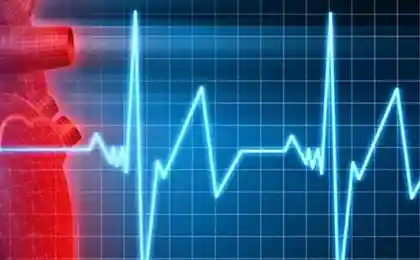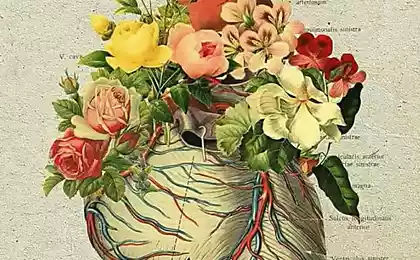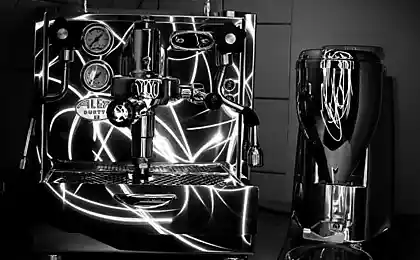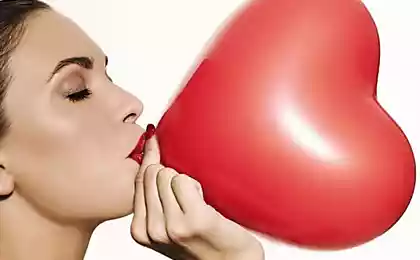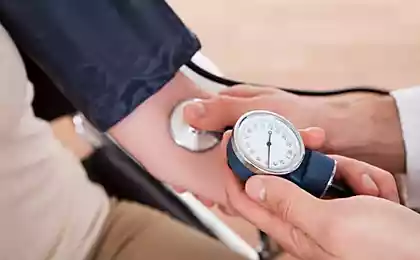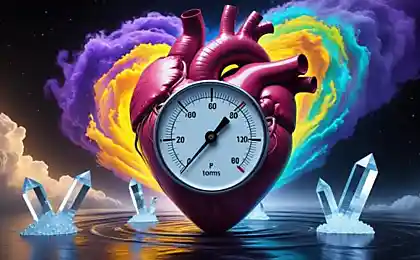227
What are the indicators of lower pressure and how it should be normal
High blood pressure is a problem that is familiar to every third inhabitant of our planet. Over time, this threatens the most serious consequences for human health and life. Therefore, it is necessary to understand this issue as best as possible. And when measuring pressure, it should be understood that What does lower pressure mean?Not just looking at the top value.

What does a higher number tell us when measuring pressure, for example, 120/80? In this case, 120 is the value of systolic blood pressure, and 80 is the value of diastolic pressure. What is it and what is the difference?
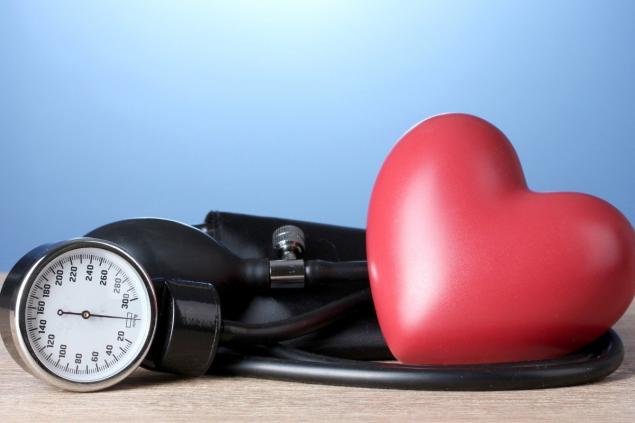
Systolic pressure is the force with which oxygenated blood is pushed out of the heart, presses on the walls of blood vessels and disperses throughout the body. Diastolic pressure is the force with which blood presses on the walls during periods of conditional rest, when the heart fills with blood between beats.
Everyone knows that a high first value (systolic pressure) is the most obvious sign of future problems with the cardiovascular system (up to heart attacks and strokes). But the second value is seen less often. And for nothing.
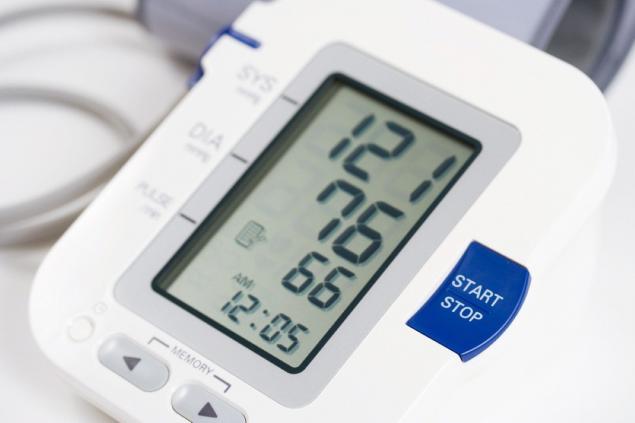
Recent studies of the heart show that elevated diastolic pressure (above 80) increases the likelihood of a heart attack or stroke in the next 8-10 years, just as elevated systolic pressure.
Although for a long time it was believed that normal blood pressure is just 120/80, but in recent years cardiologists do not consider this indicator ideal. And if the pressure is more than 119/79, then there is already talk about the beginning of hypertension. If so, the ideal value should be lower.

If systolic pressure steadily increases over the years, then diastolic increases to 50 years, then decreases. When we say that the pressure jumped, we mean the first (top) indicator. It grows with physical exertion, emotional shocks or drinking invigorating drinks.
With healthy and elastic vessels, the pressure is kept at a normal level. But once the capillaries become stiffer and narrower with age, there is less room for blood. As a result, without shocks, and without stress on the body, the blood presses on the walls of blood vessels stronger than normal. And on the tonometer we see that the lower value (diastolic pressure) increases.

Rare increases in pressure that are associated with experiences or physical exertion are considered the norm. However, if a high value is stable for a couple of days or even a week, this is a reason to consult a doctor. Don't be frivolous!
It is very bad when the difference between the upper and lower values decreases. And if the same 120 - 80 = 40, the smaller difference does not allow the pump called "heart" to work at full capacity. As a result, the blood does not reach distant areas of the body, which has a detrimental effect, for example, on the brain.
An increase in diastolic pressure alone does not threaten big problems right now. However, in the future (in a couple of years) this figure will rise and the upper value.

Therefore, the pressure must be monitored. And high blood pressure, coupled with poor health - a signal that the body is not all right. Therefore, more attention should be paid to both physical and intellectual health. After all, medications alone cannot solve the problem.
You may need to review your daily diet to make it healthier. Maybe you should give up bad habits or useless food. It is not superfluous to add physical exercises that help normalize pressure. All together should give a good result.

What does a higher number tell us when measuring pressure, for example, 120/80? In this case, 120 is the value of systolic blood pressure, and 80 is the value of diastolic pressure. What is it and what is the difference?

Systolic pressure is the force with which oxygenated blood is pushed out of the heart, presses on the walls of blood vessels and disperses throughout the body. Diastolic pressure is the force with which blood presses on the walls during periods of conditional rest, when the heart fills with blood between beats.
Everyone knows that a high first value (systolic pressure) is the most obvious sign of future problems with the cardiovascular system (up to heart attacks and strokes). But the second value is seen less often. And for nothing.

Recent studies of the heart show that elevated diastolic pressure (above 80) increases the likelihood of a heart attack or stroke in the next 8-10 years, just as elevated systolic pressure.
Although for a long time it was believed that normal blood pressure is just 120/80, but in recent years cardiologists do not consider this indicator ideal. And if the pressure is more than 119/79, then there is already talk about the beginning of hypertension. If so, the ideal value should be lower.

If systolic pressure steadily increases over the years, then diastolic increases to 50 years, then decreases. When we say that the pressure jumped, we mean the first (top) indicator. It grows with physical exertion, emotional shocks or drinking invigorating drinks.
With healthy and elastic vessels, the pressure is kept at a normal level. But once the capillaries become stiffer and narrower with age, there is less room for blood. As a result, without shocks, and without stress on the body, the blood presses on the walls of blood vessels stronger than normal. And on the tonometer we see that the lower value (diastolic pressure) increases.

Rare increases in pressure that are associated with experiences or physical exertion are considered the norm. However, if a high value is stable for a couple of days or even a week, this is a reason to consult a doctor. Don't be frivolous!
It is very bad when the difference between the upper and lower values decreases. And if the same 120 - 80 = 40, the smaller difference does not allow the pump called "heart" to work at full capacity. As a result, the blood does not reach distant areas of the body, which has a detrimental effect, for example, on the brain.
An increase in diastolic pressure alone does not threaten big problems right now. However, in the future (in a couple of years) this figure will rise and the upper value.

Therefore, the pressure must be monitored. And high blood pressure, coupled with poor health - a signal that the body is not all right. Therefore, more attention should be paid to both physical and intellectual health. After all, medications alone cannot solve the problem.
You may need to review your daily diet to make it healthier. Maybe you should give up bad habits or useless food. It is not superfluous to add physical exercises that help normalize pressure. All together should give a good result.
Which of the zodiac signs is completely devoid of taste and does not know how to dress beautifully
Simple way to get rid of laziness and depression in 2 minutes
